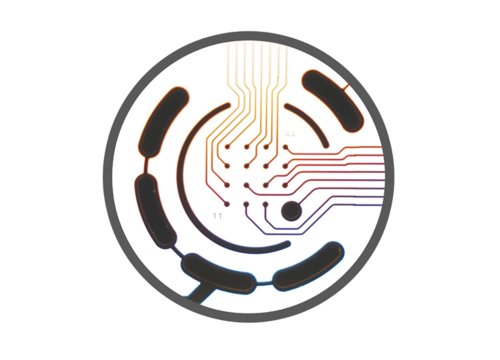Authors: Kunihiko Araki, Merlin Felix Schwering-Sohnrey, Griselda Marku, Michael Wenzel, Susanne Schoch, Thoralf Opitz, and Heinz Beck
European Journal of Pharmacology, 12 September 2025
Researchers use Maestro Edge MEA to compare neural network activity associated with structurally related anti-seizure drugs in vitro.
Although several anti-seizure medications act on voltage-gated sodium channels (Nav1.2), their precise effects on neuronal networks can differ in subtle but important ways. In this study, researchers compared the impact of three closely related dibenzazepine compounds—carbamazepine (CBZ), oxcarbazepine (OXC), and eslicarbazepine acetate (ESL).
Using Axion BioSystems noninvasive Maestro Edge multielectrode array (MEA) platform, the team measured neuronal network bursting activity following compound application. Their results revealed that while CBZ, OXC, and ESL produced similar modulation of Nav1.2 channel and network properties, the structurally related compound S-licarbazepine showed distinct activity, with a reduced use-dependent block and a selective impact on distributed network bursts.
These findings demonstrate that even minor structural differences among anti-seizure drugs can translate into meaningful functional variability at both the ion channel and network levels—insights that may inform future therapeutic refinement.


